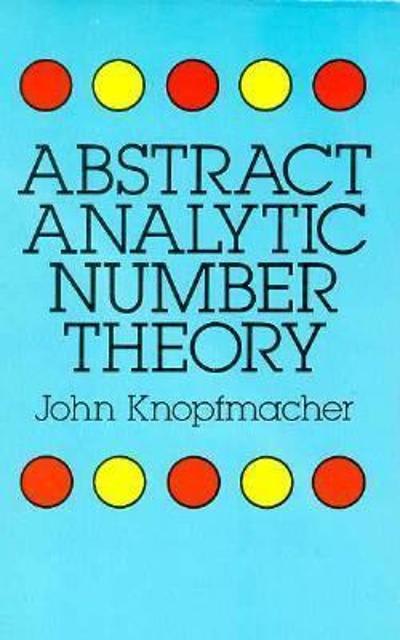Answered step by step
Verified Expert Solution
Question
1 Approved Answer
Problem 3. Show that if E C F, then P(E) Problem 3. Show that if E C F, then P(E) P(F). Problem 4. Show that


Problem 3. Show that if E C F, then P(E) P(F). Problem 4. Show that the probability of exactly one of the events E or F occurs is equal to P(E) + P(F) - 2P(E n F). Problem 5. A group of 5 boys and 10 girls is lined up in random orderthat is, each of the 15! permutations is assumed to be equally likely. 1-1
Step by Step Solution
There are 3 Steps involved in it
Step: 1

Get Instant Access to Expert-Tailored Solutions
See step-by-step solutions with expert insights and AI powered tools for academic success
Step: 2

Step: 3

Ace Your Homework with AI
Get the answers you need in no time with our AI-driven, step-by-step assistance
Get Started


